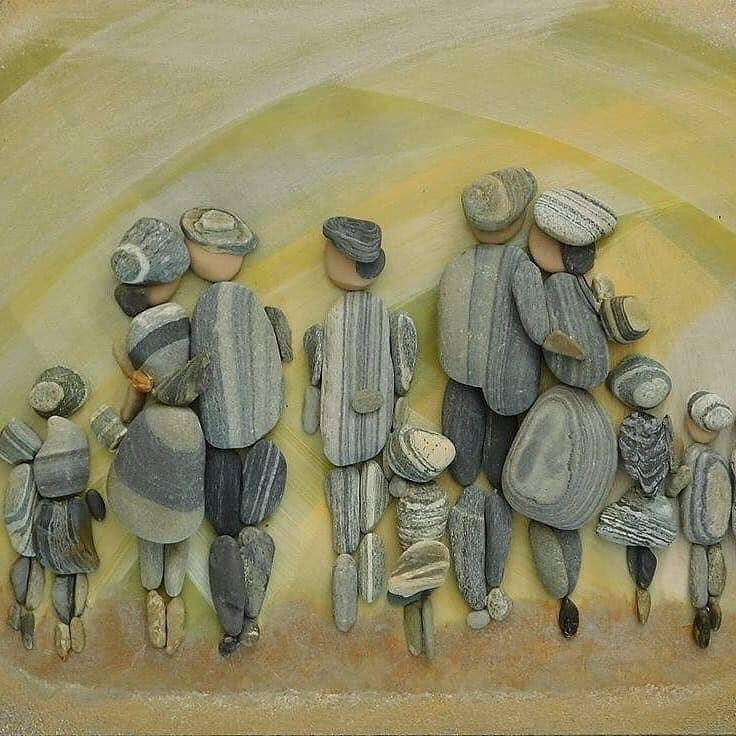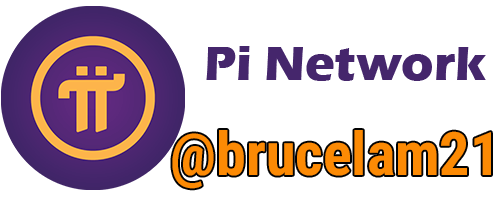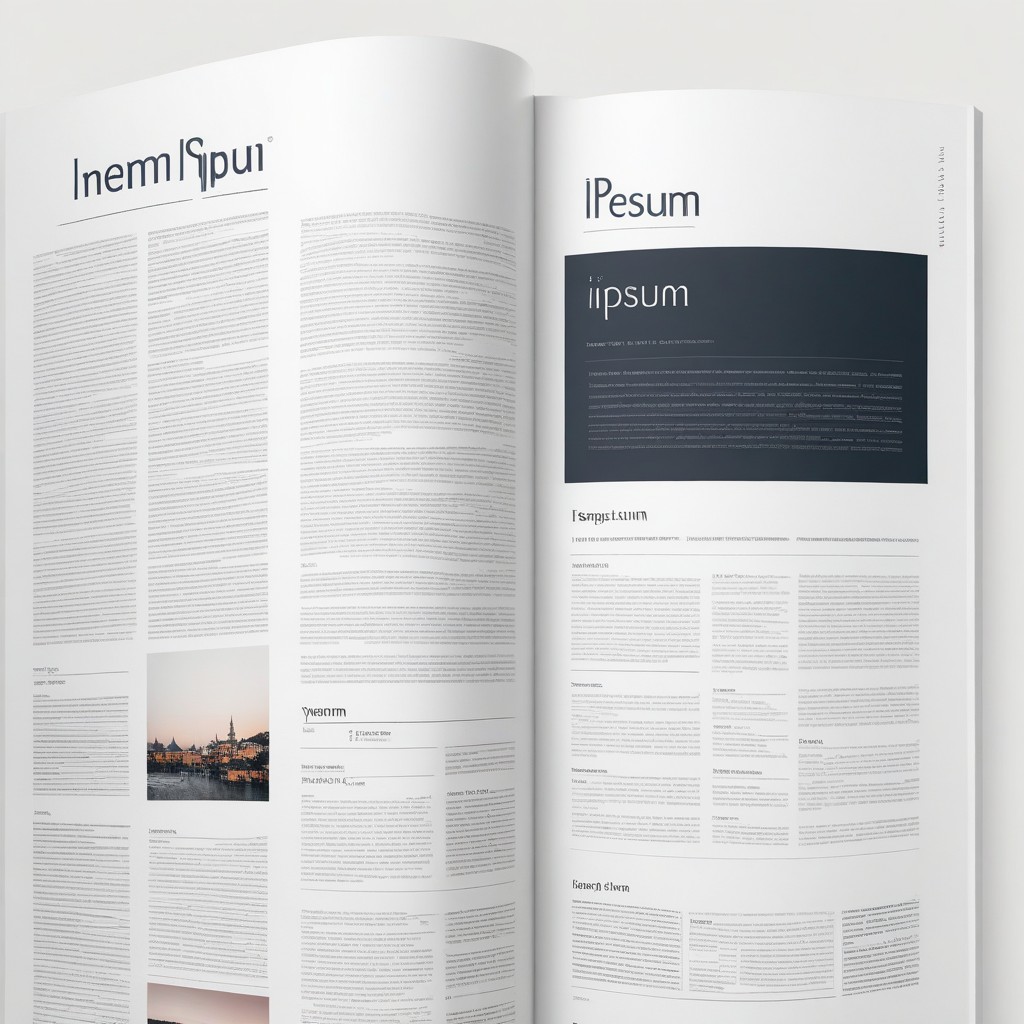
Binary to ASCII Converter
Get accurate binary to ASCII conversions with our free online tool. Perfect for developers, students, and hobbyists alike. Try it today!
Understanding Binary and ASCII Encoding
When it comes to digital communication and computing, two fundamental concepts you often encounter are Binary and ASCII. Both play crucial roles in how data is processed, stored, and transmitted across various platforms and devices. To fully grasp their importance, let's delve into what Binary and ASCII are, and how you can convert Binary to ASCII using an online tool.
What is Binary?
Binary is a base-2 numeral system that represents numeric values using two symbols: 0 and 1. Each digit in a binary number is called a bit. In the context of computing, binary code is the language that computers use to perform operations. All data in a computer, whether it's text, images, or videos, is ultimately represented in binary form.
For example, the binary number 1010 represents the decimal number 10. Each bit in a binary number has a value that is a power of 2, with the rightmost bit representing 2^0, the next bit representing 2^1, and so on.
What is ASCII?
ASCII stands for American Standard Code for Information Interchange. It is a character encoding standard used to represent text in computers and other devices that use text. ASCII codes represent text by assigning a numerical value to each character. For example, the ASCII code for the capital letter 'A' is 65, while the code for the lowercase 'a' is 97.
ASCII originally used 7 bits to represent each character, allowing for 128 unique characters, including control characters, punctuation marks, digits, and letters. Later extensions of ASCII use 8 bits, allowing for 256 characters, which include additional symbols and special characters.
Binary to ASCII Conversion
Converting binary to ASCII involves interpreting groups of binary digits (bits) as ASCII characters. This conversion is essential in computing when interpreting raw binary data as human-readable text. For example, the binary string 01000001 represents the ASCII character 'A'.
To facilitate this conversion, you can use an online tool like the Binary to ASCII Converter. Here's how to use this tool:
How to Use the Binary to ASCII Converter
-
Enter Binary Text: Start by entering the binary text you wish to convert. Ensure that the binary text consists of valid binary digits (0 and 1). Each ASCII character is typically represented by 8 bits, so the length of your binary input should be a multiple of 8 for accurate conversion.
-
Press the 'Convert' Button: Once you have entered the binary text, press the 'Convert' button on the tool. This will trigger the conversion process, where the tool interprets each group of 8 bits as an ASCII character.
Results
After pressing the 'Convert' button, the tool will instantly convert your binary text to ASCII text. The resulting ASCII text will be displayed on the screen, allowing you to see the human-readable representation of your binary input.
For instance, if you enter the binary string 01001000 01100101 01101100 01101100 01101111, pressing 'Convert' will yield the ASCII text "Hello".
Using tools like the Binary to ASCII Converter simplifies the process of translating binary code into readable text, making it easier for programmers, engineers, and enthusiasts to work with binary data efficiently.









